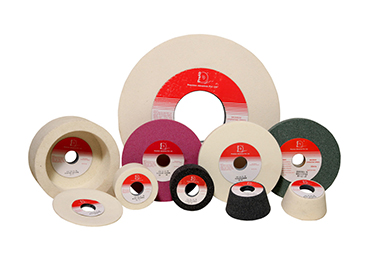
cypruswell
Literature for everyoneThe Advantages Of Using Vitrified Wheels In Grinding Applications
Monday , 22, January 2024 Marketing and Advertising Comments Off on The Advantages Of Using Vitrified Wheels In Grinding ApplicationsGrinding is an essential process in various industries, including manufacturing, automotive, and aerospace. The efficiency and precision of grinding operations greatly depend on the quality of the grinding wheel used. One type of grinding wheel that offers numerous advantages is the vitrified wheel.
Vitrified wheels are made by combining abrasive grains with a glass-like bond material, which is then heat-treated to form a solid structure. This unique composition makes vitrified wheels highly durable and resistant to wear, resulting in longer wheel life. The hardness of the bond material also provides excellent control over wheel shape and dimension, ensuring consistent grinding performance.
One of the primary advantages of using right vitrified wheels is their exceptional cutting ability. The abrasive grains are uniformly distributed throughout the wheel, allowing for efficient and precise material removal. This makes vitrified wheels ideal for grinding applications that require tight tolerances and high surface finishes. Whether it's precision grinding of metal parts or sharpening cutting tools, vitrified wheels can deliver superior results.

Image Source: Google
Another advantage of vitrified wheels is their lower heat generation during grinding. The glass-like bond material resists the build-up of heat, preventing thermal damage to the workpiece. This is especially important when grinding materials that are sensitive to heat, such as hardened steels or heat-treated alloys.
Furthermore, vitrified wheels are known for their excellent dressing capability. Dressing the wheel is the process of removing worn abrasive grains to expose fresh cutting surfaces. Vitrified wheels can be easily dressed, ensuring a consistently sharp cutting edge and prolonging wheel life. This makes them a cost-effective choice for grinding operations, as they require less frequent wheel changes and maintenance.